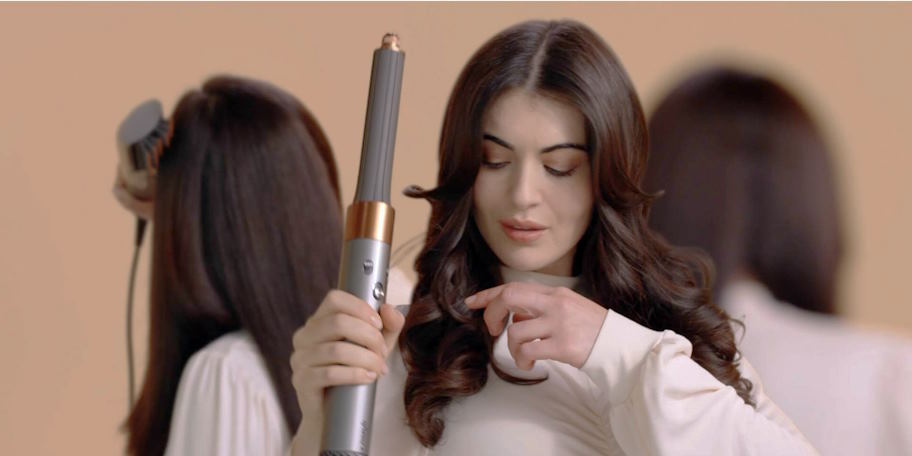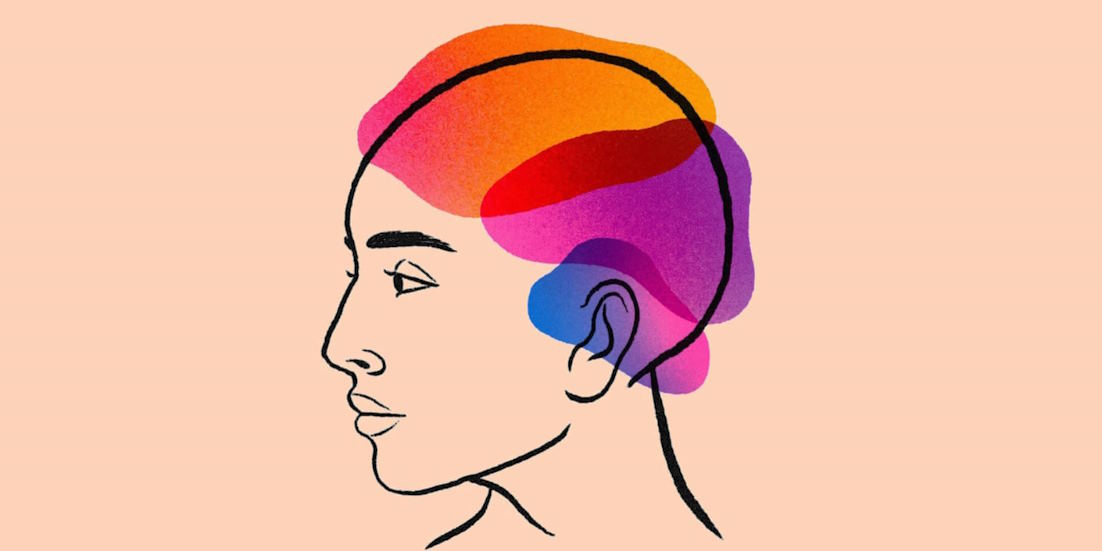Have you ever noticed that your hair often looks and feels its best the second day after washing? Many of us have experienced this phenomenon but may not fully understand it. While freshly washed hair can feel clean and light, there’s something special about the texture and appearance of second-day hair.
Natural Oils and Scalp Health
One of the primary reasons why second day hair looks and feels better is the accumulation of natural oils. When you wash your hair, you strip away these oils, dirt, and buildup, leaving your scalp and strands feeling clean but sometimes dry. However, as time passes, your scalp produces sebum, a natural oil that helps moisturize and protect your hair.
By the second day, these oils have had a chance to distribute throughout your hair, providing hydration from roots to ends. As a result, your hair feels softer, smoother, and more manageable. Additionally, natural oils add a subtle shine to your locks, giving them a healthy, lustrous appearance.

Texture and Volume
Another reason second-day hair often looks better is the change in texture and volume. Freshly washed hair can sometimes be too clean and slippery, making it challenging to style or hold a particular shape. On the other hand, second-day hair tends to have more grip and texture, making it easier to achieve volume, waves, or curls.
The slight buildup of oils and product residue can help add weight and structure to your hair, enhancing its natural texture and body. This added texture can also make hairstyles hold better and last longer, whether wearing your hair down or styling it into an updo.
Time-Saving Benefits
Beyond the aesthetic advantages, second day hair also offers practical benefits that make it preferable for many people. Washing and styling your hair can be time-consuming, so extending the time between washes can save you valuable time and effort. With second day hair, you can simply touch up your style with minimal effort, whether using dry shampoo to refresh your scalp or restyling your hair with a few quick adjustments.




